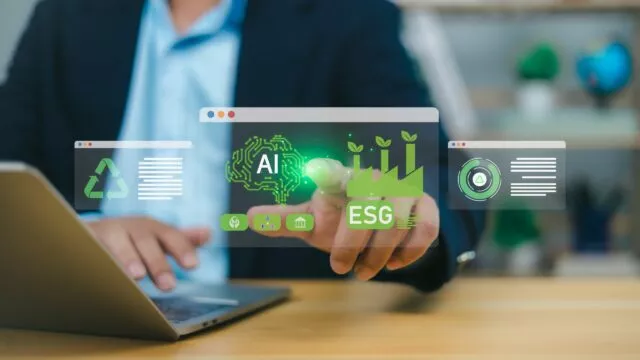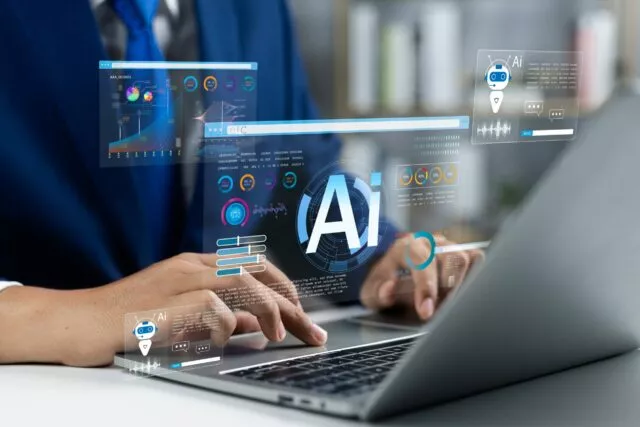

Key Technical Findings from Google Cloud Next '25

Our engineering team’s participation in Google Cloud Next ’25, held this past April in Las Vegas, was critical for aligning our technical strategy with Google’s platform roadmap. The conference provided invaluable insights into key advancements in generative AI, data analytics, and sustainability tooling. We have identified several high-impact opportunities to enhance our product features, optimize our cloud operations, and deliver greater value to our clients by leveraging these new and upcoming Google Cloud capabilities.
2. Objectives of Participation
Our primary goals for attending Google Cloud Next ’25 were to:
- Understand the latest product updates in AI/ML, BigQuery, and hybrid cloud management (Anthos).
- Learn best practices for optimizing our cloud costs and, crucially, our carbon footprint on GCP.
- Engage with Google Cloud product managers to address specific technical challenges and provide feedback.
- Assess new Google Cloud services that could accelerate our product development lifecycle.
3. Key Announcements & Technical Takeaways
The conference was dominated by the theme of enterprise-ready AI and data-driven sustainability. The most relevant takeaways for Smart Scale Engineering were:
- Generative AI for Verticals: Google announced new, industry-specific foundation models, including a « Gemini for Energy » model pre-trained on grid management and predictive maintenance data. This is highly relevant, as it could allow us to augment or replace some of our custom-trained models, potentially reducing our MLOps overhead and improving accuracy.
- Sustainability as a Core Metric: The Google Cloud Carbon Footprint tool received a major upgrade. It now provides programmatic API access and near real-time, workload-level carbon data (down to the individual VM or BigQuery job). Previously, this data was aggregated and delayed. This enhancement is a game-changer for our platform and our clients.
- Real-Time Geospatial Analytics in BigQuery: Significant performance improvements and new native functions were announced for handling real-time geospatial data streams in BigQuery. This directly addresses performance bottlenecks we have faced in our asset tracking and logistics optimization features.
4. Actionable Insights & Recommended Next Steps
Based on these findings, we recommend the following immediate actions:
- Initiate « Gemini for Energy » Proof of Concept (PoC):
- Insight: The new foundation model could significantly accelerate our predictive analytics capabilities.
- Action: The R&D team will scope a PoC to benchmark the « Gemini for Energy » model against our current predictive maintenance algorithms. A proposal is to be submitted by August 1st.
- Integrate Carbon Footprint API:
- Insight: We can now provide our clients with real-time carbon tracking for their managed assets and build carbon-aware workload scheduling.
- Action: The Platform Engineering team is to integrate the new Carbon Footprint API into our platform’s central dashboard. The goal is to expose this data to clients and use it for our internal workload scheduling by the end of Q4.
- Refactor Geospatial Data Pipeline:
- Insight: The new BigQuery functions can reduce data processing latency for our logistics clients.
- Action: The Data Engineering team will prototype a new version of our asset tracking pipeline leveraging these new functions. A demo for the product team will be scheduled for mid-September.
5. Conclusion
Google Cloud Next ’25 was an essential event for our technical leadership. It has provided a clear view of where the platform is heading and has given us concrete, actionable steps to improve our product offering and operational efficiency. Continued participation in this event is highly recommended to maintain our competitive edge as a cloud-native engineering firm.
Articles on this topic


The AI Conductor for IT Operations: An Introduction to IBM Concert

The Benefits of Industrializing AI with Red Hat OpenShift AI

The AI Scalpel: The Practical Benefits of Using Small Language Models in Your Enterprise

Beyond the Black Box: Introducing IBM Watsonx.governance
